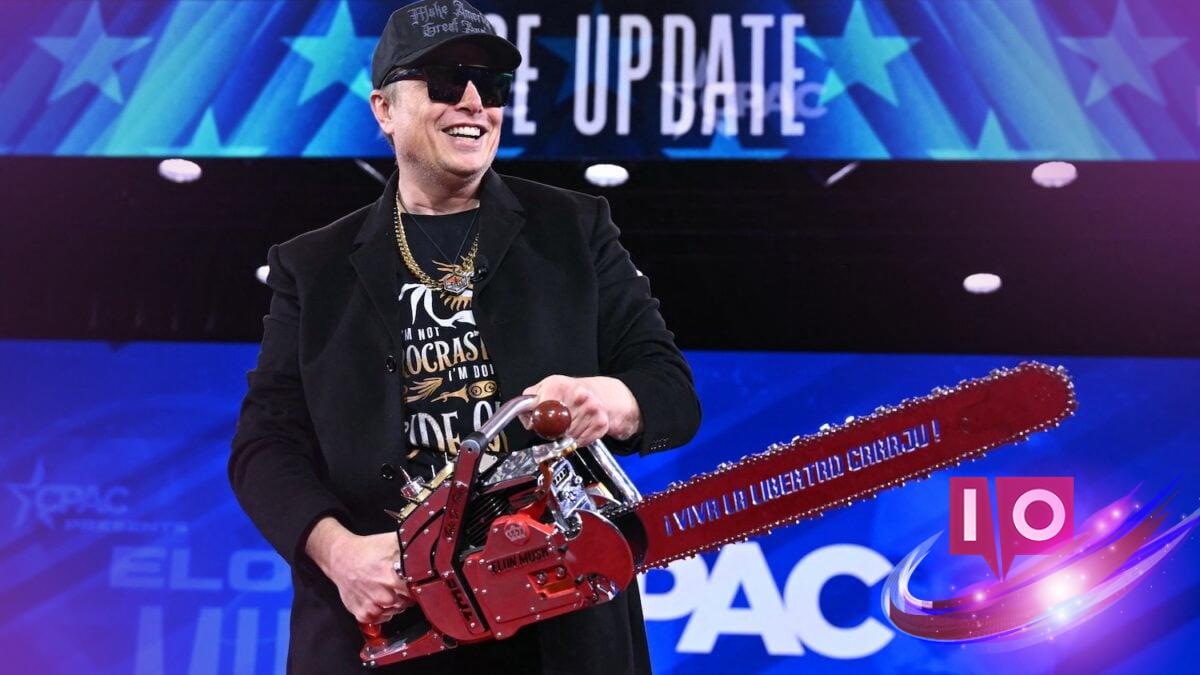Elon Musk has made a bold declaration regarding Tesla’s future valuation: he asserts that an astounding 80% will stem from its Optimus humanoid robots rather than its well-known electric vehicle (EV) division. This statement coincides with the launch of Tesla’s “Master Plan Part IV,” which firmly emphasizes the company’s shift towards robotics and artificial intelligence (AI) as its core identity.
This pivot is significant as Optimus transitions from a speculative endeavor to a defining element of Tesla’s strategy. Musk has ambitious plans, projecting the deployment of “thousands” of these robots in factories by the end of the year, with a production goal of 1 million units annually by 2030. Each unit’s estimated value ranges between $20,000 and $30,000, which certainly paints a picture of a promising ecosystem.
The timing of this announcement isn’t coincidental. Tesla’s core EV business has been experiencing a downturn, with global EV deliveries plunging approximately 13% in the first half of 2025. In response, Musk is steering his focus towards robotics as a futuristic alternative.
Tesla’s Shift Toward Robotics
“I predict that a majority of Tesla’s long-term value will be Optimus,” Musk stated at the recent shareholder meeting. This shift in focus to an 80% valuation derived from robotics has certainly caught Wall Street’s attention.
Following the announcement, Tesla’s stock rose modestly by 1.4%, outpacing the broader market. Some of this enthusiasm can be attributed to Salesforce CEO Marc Benioff’s endorsement of Musk’s AI initiatives after visiting Tesla’s robot facility. Analysts seem to be cautiously optimistic as well. UBS, Wedbush, and Cantor Fitzgerald all mentioned in their notes to investors that they see potential in Tesla’s ventures into robotics, notably in areas like robotaxis, despite acknowledging weak near-term fundamentals.
Even though there was an 8% decline in stock after the latest earnings release, prominent analysts like Dan Ives from Wedbush and Mikey Legg from Benchmark maintain bullish long-term projections, placing their confidence in Tesla’s liquidity and AI initiatives as essential elements for future growth.
Skepticism and Concerns
However, amidst this optimism, there are significant reservations. Several investors have voiced concerns about the declining EV sales and the potential distractions of political pressures that could hinder Tesla’s foundational operations. Questions arise over whether Musk’s pivot to robotics is diverting attention from deeper issues within the company. One Tesla investor, James McRitchie, remarked, “A lot of the share price is tied to the love of Elon and having robots do everything for us.” He emphasized that without Musk, Tesla struggled to maintain its value.
Neutral voices highlight that Tesla is facing its most significant sales dip in years. Analysts at JPMorgan and Morgan Stanley have adjusted their forecasts, suggesting that any potential benefits from AI and robotics may be years away.
The Road Ahead in Robotics
Supporters argue that Optimus could represent unprecedented possibilities. A piece in The Washington Post even suggests that humanoid robots could lead to productivity boosts comparable to the smartphone revolution. However, competitors like Amazon remain skeptical. Despite utilizing over 750,000 industrial robots in its warehouses, Amazon is leaning towards non-humanoid automation, indicating a divergent philosophy concerning robot implementation.
This recent assertion from Musk may well be one of the boldest in his career, framing Optimus as a cornerstone for 80% of Tesla’s future market value and indicating a discernible shift away from traditional automotive manufacturing toward a robotics-focused future.
Will the Robots Profit?
The most compelling question remains: When will these robots start generating profit? Without a clear commercial strategy, adherence to realistic developmental timelines, and evidence that humanoid robotics can be scaled profitably, investors might become cautious. The growing contrast between Tesla’s ambitious vision and Amazon’s pragmatic approach to robotics encapsulates a broader divergence in industrial strategy.
As Optimus transitions from an aspirational concept to tangible market offerings, Tesla faces a pivotal challenge: Can it deliver on its radical robot-first thesis, or will it fall into the category of overhyped technological dreams that ultimately remain unfulfilled?
What is the future of humanoid robots in industries like Tesla’s? Many are asking this question amid an ongoing discussion about automation and its implications. The potential for Optimus to redefine productivity is profound, but the actualization of that potential is what remains uncertain.
As we look toward the future, engaging with topics around Tesla and robotics can illuminate your understanding of emerging technologies. For more insights, feel free to explore further at Moyens I/O.
